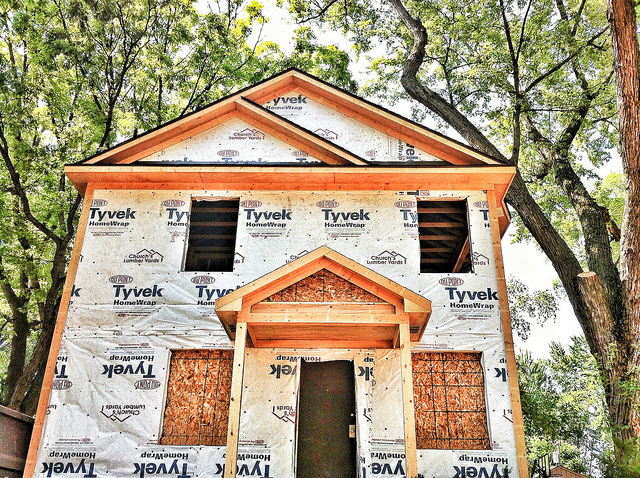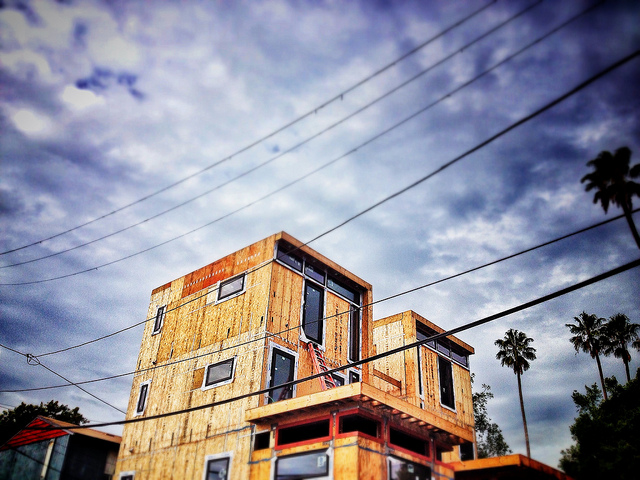Interest in buying a home never seems to fade too much. Most Americans want to own a home. But despite having a desire to become homeowners, prospective buyers will sometimes postpone their plans due to their financial situation, the economy, market conditions, etc. There are many factors that can influence someone’s decision to buy. This year, mortgage rates may have played a role. At the beginning of the year, rates were increasing and the effect it had on affordability meant some otherwise interested home buyers decided to wait. But now, after rates declined throughout the spring and summer, home buyers are returning to the market. And Lawrence Yun, the National Association of Realtors’ chief economist, thinks the trend will continue into next year. “With interest rates expected to remain low, home sales are forecasted to rise in the coming months and into 2020,” Yun said. “Unfortunately, so far in 2019, new home construction is down 2 percent. The hope is that housing starts quickly move into higher gear to meet the higher demand.” In other words, Americans are increasingly feeling like now is a good time to buy.













